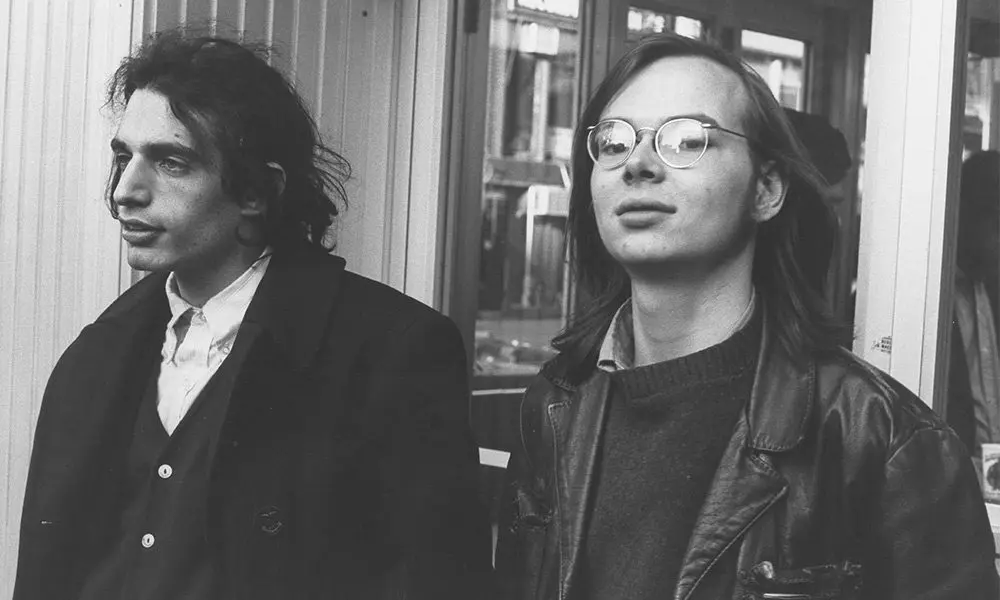Steely Dan’s remarkable grasp of their instruments cannot be disputed, despite their constant playing of the hokey cokey with the trendy side of music. Although the band is perhaps one of the most divisive in rock and roll history, Donald Fagen and Walter Becker are masters of the recording studio despite always facing an ebb and flow of critical acclaim.
It also makes logic. The vast majority of prominent rock musicians from the 1970s who were influenced by anything did so because of The Beatles’ explosive arrival in America, Pink Floyd’s creation of mind-bending alternate realities, The Doors’ sultry cool, or The Rolling Stones’ bombastic, hip-shaking joie de vivre. Jazz, at least for Donald Fagen, provided the true foundation for his playing.
He isn’t the first musician of the era, of course, to find his or her musical roots buried in the foundation of the most malleable genre ever produced. Rick Wright of Pink Floyd and Charlie Watts of The Rolling Stones both listened nearly entirely to the avant-garde jazz compositions of the 1950s and 1960s. But coming from Fagen and the guitar band, who revolutionized rock and roll with a string of prog-infused songs like “Peg,” “Kid Charlemagne,” and “Deacon Blues”—all three written as punk was starting to take off on both sides of the Atlantic—it sounds all the more timely.
When he spoke openly about the jazz performers that had influenced his work with New York magazine in 2006, Fagen shared, “I basically listen to the same 40 albums that I listened to in high school, near Princeton. I had much better taste then. I was a kid jazz fan. I only like seven or eight of the greatest artists: Sonny Rollins, Charles Mingus, Miles Davis, Thelonious Monk … And I like big-band arrangers, like Gil Evans. There’s a band called the Sauter-Finegan Orchestra that I used to like for the arrangements.”
The musicians would also have a direct impact on Fagen’s pop songwriting. “Most pop music, nothing much happens; you’ll hear something, and it’s repeated. I like when there’s some development. The jazz arrangers of the ’50s and ’60s really knew how to develop a piece of music.”
The people described above will likely be as well-known to many people as John Lennon, Bob Dylan, and the newest pop sensations. Others will just see them as a collection of cryptic promises of greatness. Here is a playlist that ought to fulfill those flimsy promises. Sonny Rollins, who is prone to change, is a fantastic place to start. The jazz saxophonist, who was born in 1930, has had a seven-decade career that has seen the release of 60 albums and some of the greatest jazz works of the 20th century. St. Thomas, Airegin, and Doxy, among other works, have all come to be regarded as standards.
Charles Mingus would probably come up in every conversation if you posed the question, “Who is the ultimate jazz musician’s jazz musician?” Mingus, who was born in 1922 and had a three-decade career until he passed away in 1979, is most known for his outstanding collaborations. His talent greatly outstripped that of a bassist and pianist. Mingus, a forerunner of group improvisation, collaborated with a plethora of legendary musicians, including Dizzy Gillespie, Louis Armstrong, and Duke Ellington.
The erratic Miles Davis tops Fagen’s list as maybe the most well-known individual. Rock musicians frequently mention how much Miles Davis, one of the greatest jazz musicians of all time, has influenced their work. His propensity for pushing the boundaries of creativity made him a part of the 1960s and beyond rock and roll movement. Davis’ Birth of Cool, which he recorded after leaving Julliard to perform with Charlie Parker, is regarded as one of the all-time great recordings.
Only three of Thelonious Monk’s compositions are included in the list of jazz standards: “Round Midnight,” “In Walked Bud,” and “Blue Monk.” The pianist, who was born in 1917, had a dapper air about him that won over his followers. Contrary to most artists, Monk never took himself too seriously. He frequently wore hats, sunglasses, and suits while performing, and he even took a break mid-set to dance a little bit.
Fagen’s final two candidates are a little less well-known. It is important to recognize Gil Evans’ contribution as a jazz terminology pioneer. The Canadian had a crucial role in the development of jazz fusion, free jazz, modal jazz, and cool jazz subgenres as a bandleader. Similarly, the little-known Sauter-Finegan Orchestra gained popularity in the 1950s with songs like “Doodletwon Ffers” and others. The ensemble was renowned for its creativity and was led by Eddie Sauter and Bill Finnegan, both Julliard graduates.
The best way to comprehend how these performers may have altered the young Fagen’s musical panache is to listen to their music, even though a quick introduction to some of the crucial players in Steely Dan maestro Donald Fagen’s life is all well and good. A superb playlist of their intriguing tunes is provided here.
Steely Dan and Donald Fagen’s greatest influences:
- Sonny Rollins
- Miles Davis
- Thelonious Monk
- Charles Mingus
- Gil Evans
- Sauter-Finegan Orchestra

